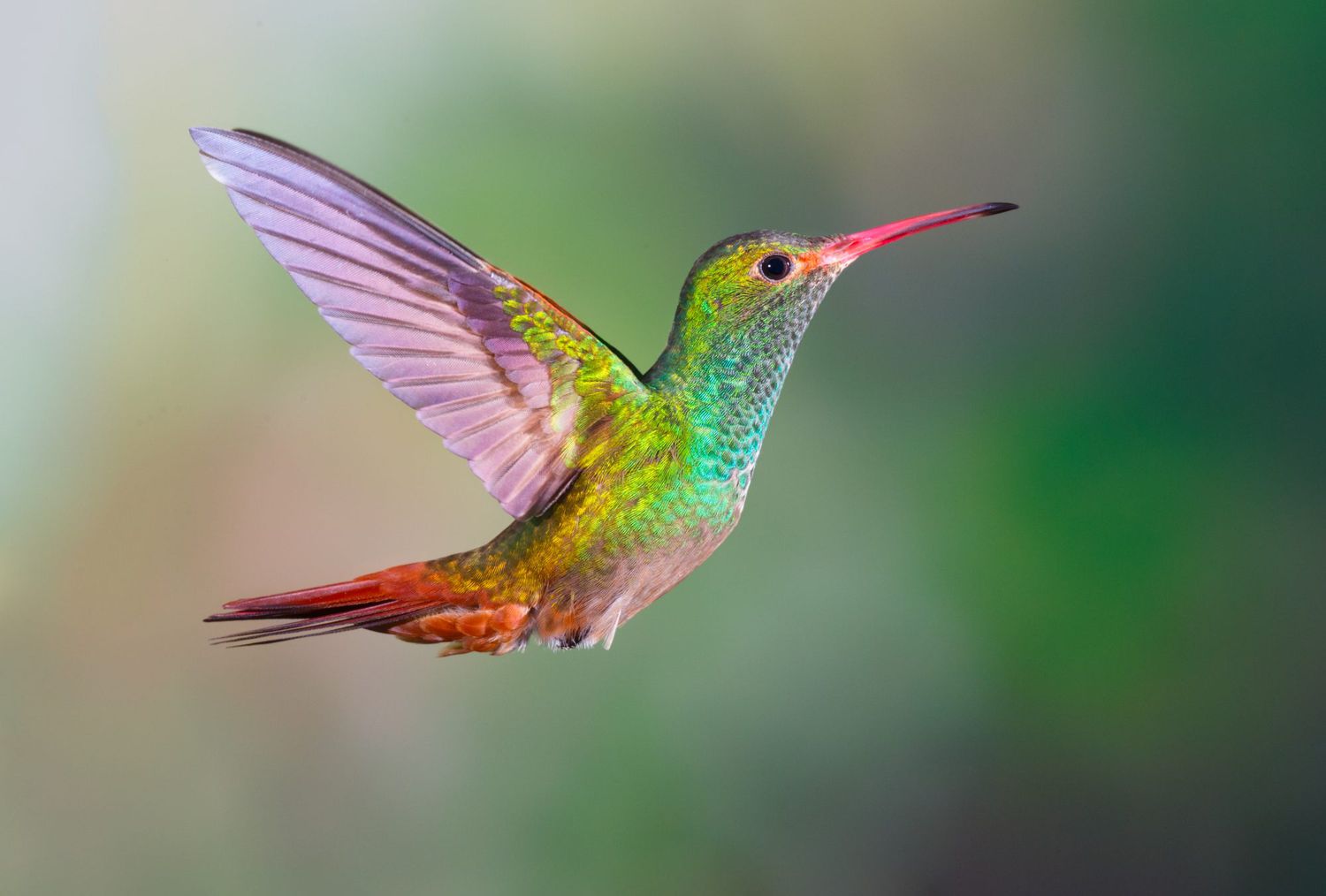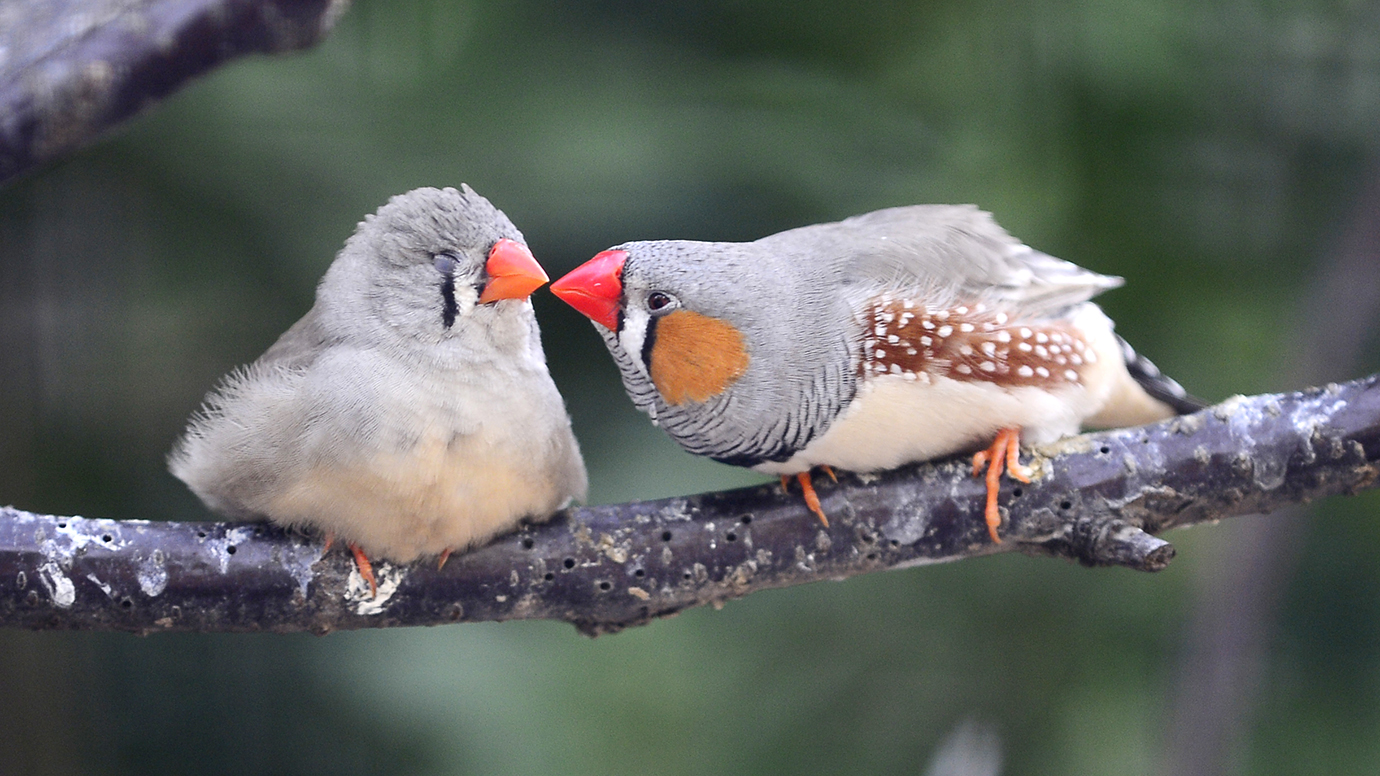Birds are fascinating creatures that come in all shapes and sizes. Small birds, in particular, are a delight to watch and observe. They are often colorful, energetic, and have unique behaviors that make them stand out. In this article, we will explore different types of small birds with pictures.
We will learn about where they live, what they eat, their preferred habitats, and much more. Whether you are an avid bird watcher or just curious about these feathered friends, this article will provide you with an introduction to the world of small birds.
You are reading: Types Of Small Birds With Pictures

8 Types Of Small Birds With Pictures
Woodpeckers

Woodpeckers are a fascinating group of birds that are known for their unique behavior of pecking on trees. They are found in many parts of the world and come in different sizes.
The downy woodpecker is the smallest and most common type of woodpecker. These small birds are found year-round in most of the U.S. except the extreme Southwest.
They are small versions of the classic woodpecker body plan, with a straight, chisel-like bill, blocky head, wide shoulders, and straight-backed posture as they lean away from tree limbs and onto their tail feathers.
Hummingbirds
Hummingbirds are a fascinating group of birds that are native to the Americas and belong to the biological family Trochilidae. With about 366 species and 113 genera, they occur from Alaska to Tierra del Fuego, but most species are found in Central and South America.
They are known as hummingbirds because of the humming sound created by their beating wings, which flap at high frequencies audible to other birds and humans.
Hummingbirds are small, weighing between 2 to 20 grams, with long, narrow bills and small, saber-like wings. They are often brightly colored and have unique behaviors, such as hovering in front of flowers to feed on nectar and insects.
There are many different types of hummingbirds, including the Allen’s Hummingbird, Anna’s Hummingbird, Black-chinned Hummingbird, and Ruby-throated Hummingbird.
If you are interested in attracting hummingbirds to your garden, you can plant flowers that tend to have red or orange petals or bracts, which provide a long-distance sign to a fast-flying hummingbird that it should take notice.
Finches

Finches are a diverse group of small birds that belong to the family Fringillidae. They are found all over the world and come in many different shapes, sizes, and colors.
Some species are very agile, while others are ground feeders. In the United States and Canada, there are 17 different species of finches, including crossbills, evening and pine grosbeaks, redpolls, and siskins.
The house finch is a common type of finch found in North America, with a small body, large beak, and long, flat head. They have rosy red plumage with streaky brown backs and are often found at bird feeders.
Other types of finches found in North America include the purple finch, goldfinch, and pine siskin. Finches are known for their conical bills and colorful plumage, and they inhabit a wide range of habitats. They feed on seeds, buds, berries, and insects, and their vocalizations include chirp calls and extensive warbles.
Chickadees
Chickadees are a group of small passerine birds that belong to the family Paridae and are native to North America. They are known for their distinctive black cap and bib, white cheeks, gray back, wings, and tail, and whitish underside with buffy sides.
Chickadees are found in mixed deciduous or coniferous forests, parks, open woods, cottonwood groves, willow thickets, and disturbed areas. They are often heard before they are seen, and their habit of investigating people and everything else in their home territory makes them one of the first birds most people learn. Chickadees are one of the easiest birds to attract to feeders, for suet, sunflower, and peanuts.
There are several species of chickadees, including the Black-capped Chickadee, the Mountain Chickadee, the Carolina Chickadee, and the Chestnut-backed Chickadee. In this article, we will learn more about chickadees and their characteristics.
Warblers
Warblers are a diverse group of small, active insect-eating birds found in gardens, woodlands, and marshes. They are not necessarily closely related to one another, but share some characteristics, such as being fairly small, vocal, and insectivorous.
There are many different types of warblers, including the American Redstart, Magnolia Warbler, Hooded Warbler, Yellow Warbler, and Black-throated Blue Warbler. Warblers are found all over the world, and some species are known for their long migrations, traveling from South America and the West Indies to the northern regions of Canada and back again.
There are several families of warblers, including the Sylviidae, Phylloscopidae, Acrocephalidae, Peucedramidae, and Parulidae. Old World warblers are rather drab, with green, olive, brown, buff, and black the predominant colors. Their nests vary from simple cups to domed structures placed in trees, bushes, or grass or hidden in the ground.
Kinglets
Kinglets are a small group of passerine birds that belong to the family Regulidae. They are among the smallest of all passerines, ranging in size from 8 to 11 cm (3 to 4.5 in) and weighing 6–8 g (0.21–0.28 oz).
Read more : What Attracts Cardinals?
The sexes are the same size, and they have medium-length wings and tails, and small needle-like bills. The plumage is overall grey-green, offset by pale wingbars, and the tail tip is incised.
Five species have a single stiff feather covering the nostrils, but in the ruby-crowned kinglet, this is replaced by several short, stiff bristles. Kinglets are birds of the Nearctic and Palearctic realms, with some species found in North America and others in Eurasia.
There are two species of kinglets found in North Americthe Ruby-crowned Kinglet and the Golden-crowned Kinglet. These tiny birds are often hard to see, as they spend much of their time high in tall conifers. They are fast-moving but quiet little birds that forage actively in trees and shrubs, mainly in conifers.
Wrens
Wrens are a family of small passerine birds that belong to the predominantly New World family Troglodytidae. The family includes 88 species divided into 19 genera.
Only the Eurasian wren occurs in the Old World, where it is commonly known simply as the “wren”. Wrens are medium-small to very small birds, ranging in size from under 10 cm (3.9 in) and 9 g (0.32 oz) to about 22 cm (8.7 in) and almost 50 g (1.8 oz). They are brownish in color, sometimes with gray, black, and white patches.
There are many different types of wrens, including the Bewick’s Wren, Cactus Wren, Canyon Wren, Carolina Wren, House Wren, Marsh Wren, and Pacific Wren. Wrens are known for their energetic behavior and effervescent voices.
They are often found in open woods, thickets, towns, and gardens, and they breed in a wide variety of semi-open habitats, including suburbs, orchards, woodlots, open forest, streamside groves, mountain pine-oak woods, and many others. Wrens feed on insects and spiders and are known to puncture the eggs of other birds nesting nearby, including other House Wrens.
Vireos
Vireos are a family of small to medium-sized passerine birds found in the New World and Southeast Asia. They are insect-eating birds and are known for their distinctive thick, blunt-tipped bills. Here are some key facts about vireos:
– Vireos belong to the family Vireonidae and are found in the New World and Southeast Asia.
– They are small to medium-sized passerine birds that are insect-eaters.
– Vireos have distinctive thick, blunt-tipped bills.
– They are often heard before they are seen, and their singing is heard above the other birds in the forests, especially in the springtime when they sing non-stop.
– There are many different types of vireos, including the Yellow-throated Vireo, Warbling Vireo, Cassin’s Vireo, and Blue-headed Vireo.
– Vireos can be difficult to see and even more difficult to identify, but they have distinctive features that can help with identification, such as their thick bills and unique songs.
FAQS
1. What are some common types of small birds?
Some common types of small birds include woodpeckers, hummingbirds, finches, chickadees, warblers, kinglets, wrens, and vireos.
2. How can I attract small birds to my garden?
You can attract small birds to your garden by planting flowers that tend to have red or orange petals or bracts, which provide a long-distance sign to a fast-flying hummingbird that it should take notice. You can also provide bird feeders with seeds, suet, sunflower, and peanuts.
3. What are some resources for learning more about small birds?
There are many resources available for learning more about small birds, including the All About Birds website, the National Audubon Society, and the National Park Service. You can also find information on different types of birds with pictures and descriptions on AZ Animals and Active Wild.
4. How can I identify different types of small birds?
You can identify different types of small birds by looking at their physical characteristics, such as their size, color, and shape. You can also listen to their songs and calls, which can be distinctive for different species. Field guides and birding apps can also be helpful for identifying different types of birds.
Source: https://petstutorial.com
Category: Birds










